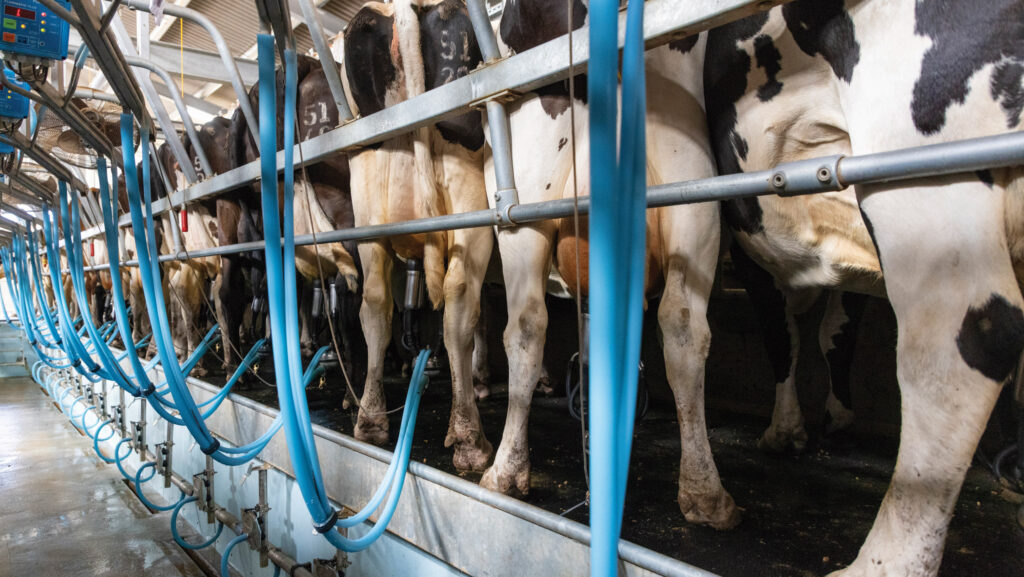Dairy trade softens as global milk supplies rise
 © GNP
© GNP UK milk production remains elevated, with daily milk deliveries continuing to track roughly 5% higher on the year.
Farmgate milk prices held firm for much of the summer. However, with some dairy commodity markets now easing back, several milk processors have started to cut prices.
Nick Holt-Martyn, principal consultant at the Dairy Group, said: “Softening of EU butter prices is starting to reach the UK farm gate, signalling a change in market sentiment.
See also: Dairy outlook divided as processors send mixed signals
“After months of strong supply in both the UK and Ireland and an increase in EU production in recent months, wholesale butter prices have started to soften, prompting markdowns in future pricing.”
EU butter markets slumped last week, with Dutch butter at €5,600/t (£4,850/t) on 17 September, down 20% on month-earlier levels.
Cream values in Europe have also fallen back dramatically, with analysts warning producers to prepare for a period of tight margins and reduced stability.
Global drivers
Wholesale dairy values dropped for the third consecutive time at the latest fortnightly Global Dairy Trade (GDT) auction on 16 September.
The GDT price index fell by 0.8% to average $4,041/t (£2,960/t), with prices down for butter, mozzarella, whole and skimmed milk powder.
Looking at global production levels, Rabobank has forecast that milk output from the seven major dairy exporting regions – the EU, the US, New Zealand, Australia, Brazil, Argentina and Uruguay – will peak in the second half of the year.
Rabobank’s Global Dairy Quarterly report indicates that milk supplies are on the rise, with firm dairy prices enhancing margins and milk output in key regions.
It reported that farmgate prices in New Zealand had lifted by 27% year on year, while prices in Europe were up by 18%.
Emma Higgins, senior agricultural analyst at Rabobank, said July milk production in the US was up 3.4% year on year, the highest growth rate seen since 2021.
She added that New Zealand had also seen strong production following a record start to the 2025-26 milk year.
Milk production is expected to peak in October for both New Zealand and Australia, according to Rabobank.
The report highlighted a mixed outlook across Europe, with bluetongue slowing recovery in some regions, although EU supply growth is set to remain positive, led by increases in Ireland and Poland.
